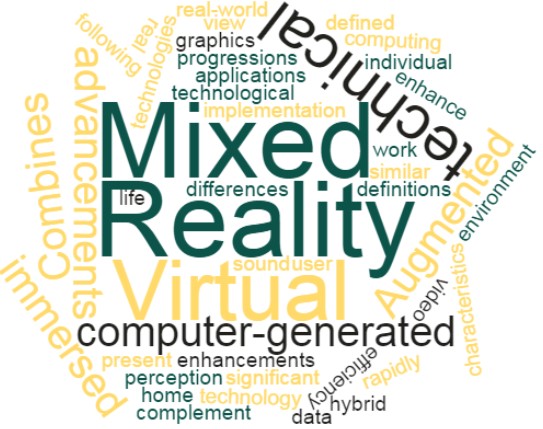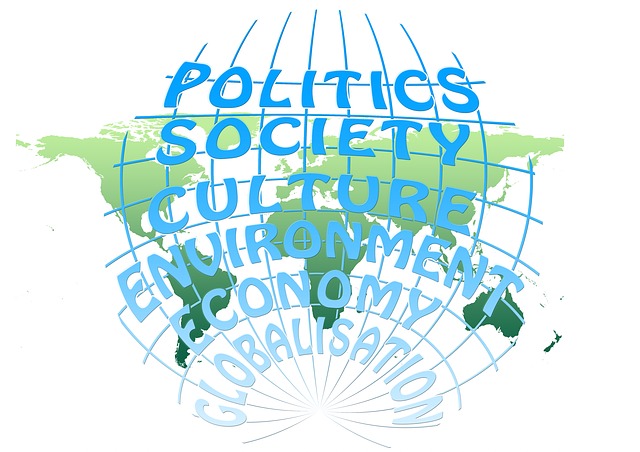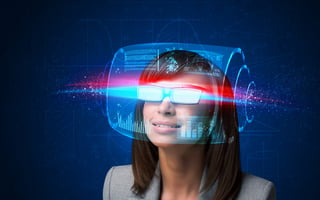
The first blog post of this three part series was an introduction to Mixed Reality technology. In this chapter, the technical requirements necessary to facilitate the various types of augmented and virtual experiences will be further examined.
The computing power needed to create a Mixed Reality experience can be extremely demanding. For example, in a Virtual Reality (VR) system the user is completely immersed in an artificial environment that isolates them from the real world. The critical components of this technology are image rendering and motion tracking. When functionally integrated, these systems allow the user to “feel immersed, or present, and the illusion of VR is compelling enough to transport us to another place”3. The key goal of VR is to "[convince] the brain that a computer-generated 3D environment delivered to your eyes via a headset is 'real' -- a concept known as 'presence'"6. In order to convince the brain of ‘presence’, there are some minimum requirements, one such requirement is that from the moment a user makes a gesture or movement in the VR environment the total time allowed to detect this motion and make visible to the user through the display is less than 20ms.







